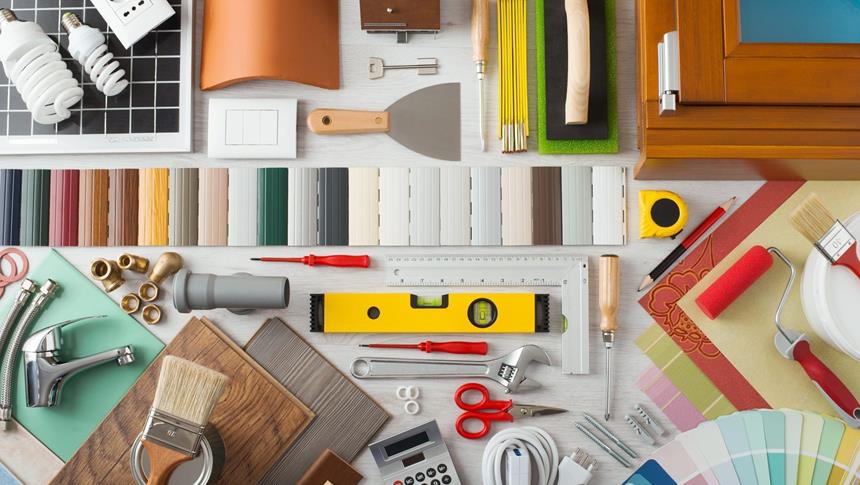The creative and technical skills you acquire while studying BA Interior Design will leave you fully prepared for a variety of roles across the industry.
If you’re debating whether to study interior design at university, or nearing the end of your interior design course already, you may be wondering what your options are. Here are just some of the careers and educational paths you could consider pursuing after graduation.
Career paths to consider
Interior design
An interior designer is someone who designs (or redesigns) indoor spaces in order to make them functional and visually attractive. Furnishings, lighting, colour schemes and structural changes all lie within the remit of an interior designer’s responsibilities. Interior designers are usually required to work to client briefs. Communication plays an integral part in transforming these briefs into reality. Typical tasks for interior designers include creating mood boards, producing details CAD designs, and supervising work as their designs come together. A junior interior designer can expect to earn between £18,000 and £23,000.
Visual merchandising
A visual merchandiser must use their expert knowledge to create visual concepts with the power to promote brands, products and services. While a visual merchandiser can work online or for catalogues, the majority are employed by retail stores where they are responsible for the creation of displays. Other responsibilities may include discussing sales strategies with senior management, research current and future design trends and maintaining budgets to ensure that costs are kept to a minimum. The average salary for an assistant visual merchandiser is £15,000.
Production design
A production designer is someone who creates visual concepts for theatre, TV or film productions. The role can encompass a range of responsibilities, and a production designer must make decisions regarding many aspects of production, including location, set, lighting, costumes, props and camera angles. A production designer must work closely with directors and producers and, in cases where a strong professional relationship is formed, often work alongside the same director for many years. A production designer must source materials, scout for locations and monitor design budgets. Production design isn’t a career you can secure right away; instead, you would start in a lower position such as an assistant or a runner. Salaries vary.
Architecture
Though you’d likely require further training, a career in architecture could be considered. There are three predominant types of architect: building, landscape and naval. An architect designs entire new buildings or alternations to existing structures, and some even work on larger projects such as redevelopment schemes. An architect is responsible for advising clients on the practicalities of their project, assessing environmental impacts and preparing tender applications, amongst many other things. The salary of an architectural assistant typically ranges from £24,000 and £31,000.
Continuing your education
Around half of interior design graduates go on to work in the art and design sector. A very small percentage choose to continue with their education, so deciding to study a master’s after completing your bachelor’s could be the step you need to set yourself apart from other interior design graduates.
You could also consider studying a master’s in a closely related area, such as product of graphic design; this way, you acquire specific knowledge to complement the skills and knowledge you’ve gained on the generic interior design degree.

